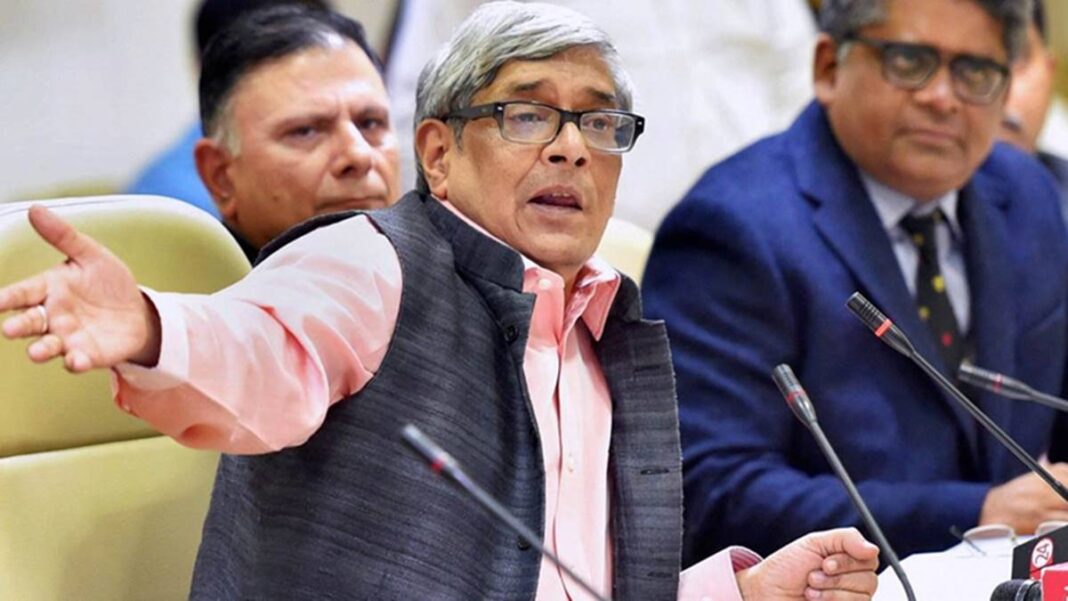A 7-7.5% real economic growth can make India an upper-middle-income country by 2047, but the growth rate needs to accelerate to 8-8.5% to make the country a higher-income nation, Economic Advisory Council to the Prime Minister (EAC-PM) chairman Bibek Debroy said on Tuesday.
Releasing ‘The Competitiveness Roadmap for India@100’, Debroy said, “Even if we have relatively conservative real rates of growth of 7-7.5%, we will get to a per capita income of about $10,000 by 2047 and the total size of the economy of a little less than $20 trillion.”
Finance minister Nirmala Sitharaman interacts with co-passengers during her train journey from Mumbai to Raichur (Twitter @nsitharaman)
Nabard fund to University of Agricultural Science: FM announces Rs 25-cr fund for R&D of millet incubation centre in Raichur
Following the growth of recent years, India is now a lower middle-income country with average prosperity levels at $2,000 ($7,150 at purchasing power parity).
“The question to ask is what does one need to do to get from the $10,000 per capita income to $12,000, which will make India a higher-income country. What does one need to do to get from the rate of growth of 7-7.5% to something like 8-8.5%? There are different ways to slice this, some of which have been attempted in this report.”
The report by the Institute for Competitiveness suggests essential areas of action, including improving labour productivity and enhancing labour mobilisation, boosting the creation of competitive job opportunities, and improving policy implementation through greater coordination across different ministries.
According to the International Monetary Fund, the Indian economy is forecast to expand by 7.4% in 2022-23, making it one of the world’s fastest-growing economies.
In his Independence Day speech, Prime Minister Narendra Modi has set an ambitious target of making India a developed nation by 2047.
According to the World Bank’s definition, a country with a per capita annual income of over $12,000 is considered a higher-income nation.
Noting that because what happens to India is an aggregate of what happens to the states, Debroy said, “Unless the states jack up their growth records, the overall growth records for India is not going be that high either.”
India needs a set of sector- and location-specific growth initiatives to reframe some of its key industrial and regional policies to pursue a coherent strategy for growth and competitiveness upgrading, according to the report.
The Competitiveness Roadmap for India@100 provides the basis for a renewed approach to India’s growth and development strategy. Moving ahead, the focus would be on developing KPIs and roadmaps for different industries, ministries and states of the country to shape the journey towards reaching the country’s ambitions by its centennial year.
The change in approach to development in different sectors and states will not only shape policy actions today but also have an impact on the design and implementation of future policies, the report said.
It said that India’s headline GDP growth has been strong and even accelerating but weak social progress, rising inequality and a lack of convergence across regions suggest that this growth has failed to translate into the expected improvements in quality of life for many Indians.

